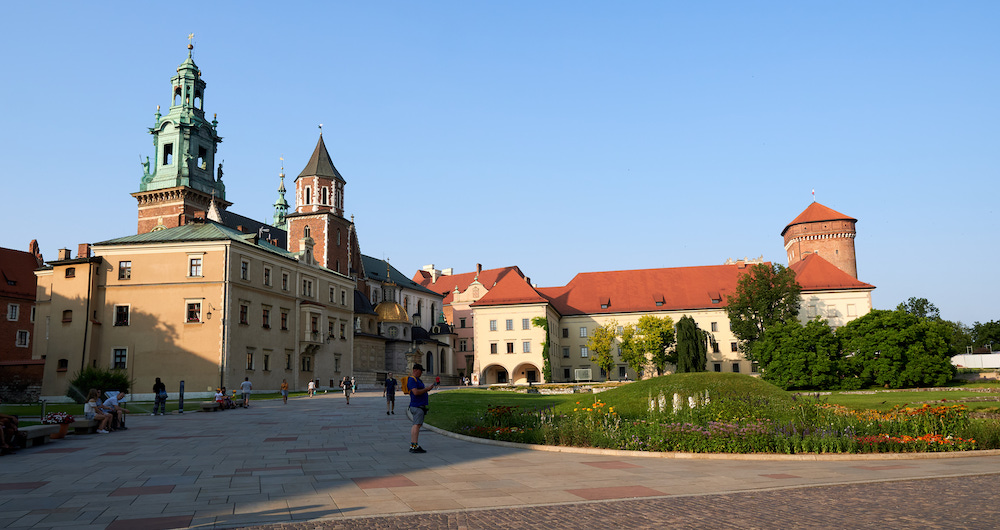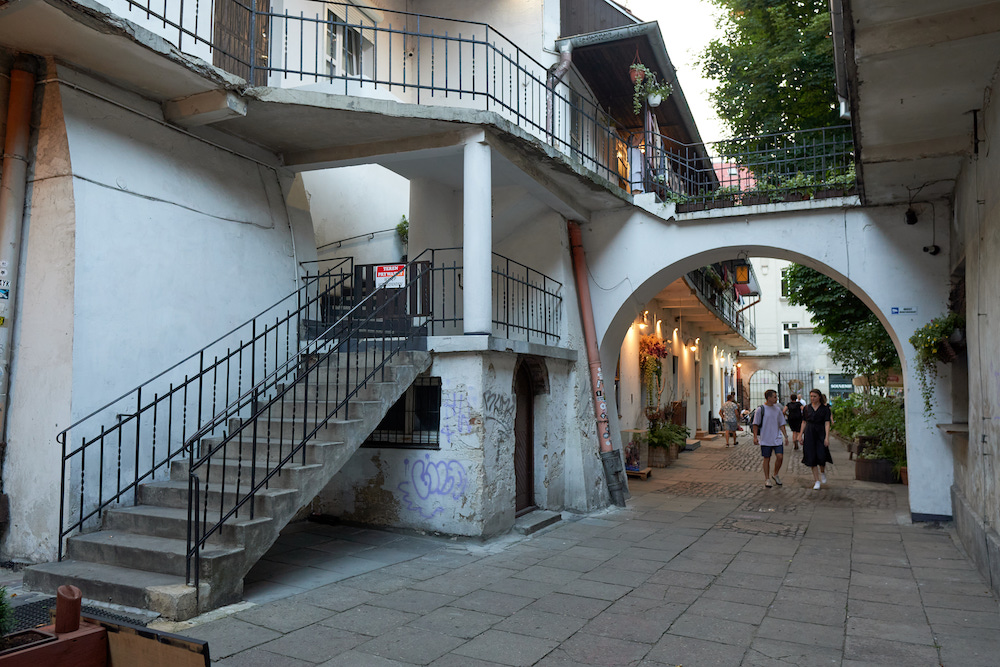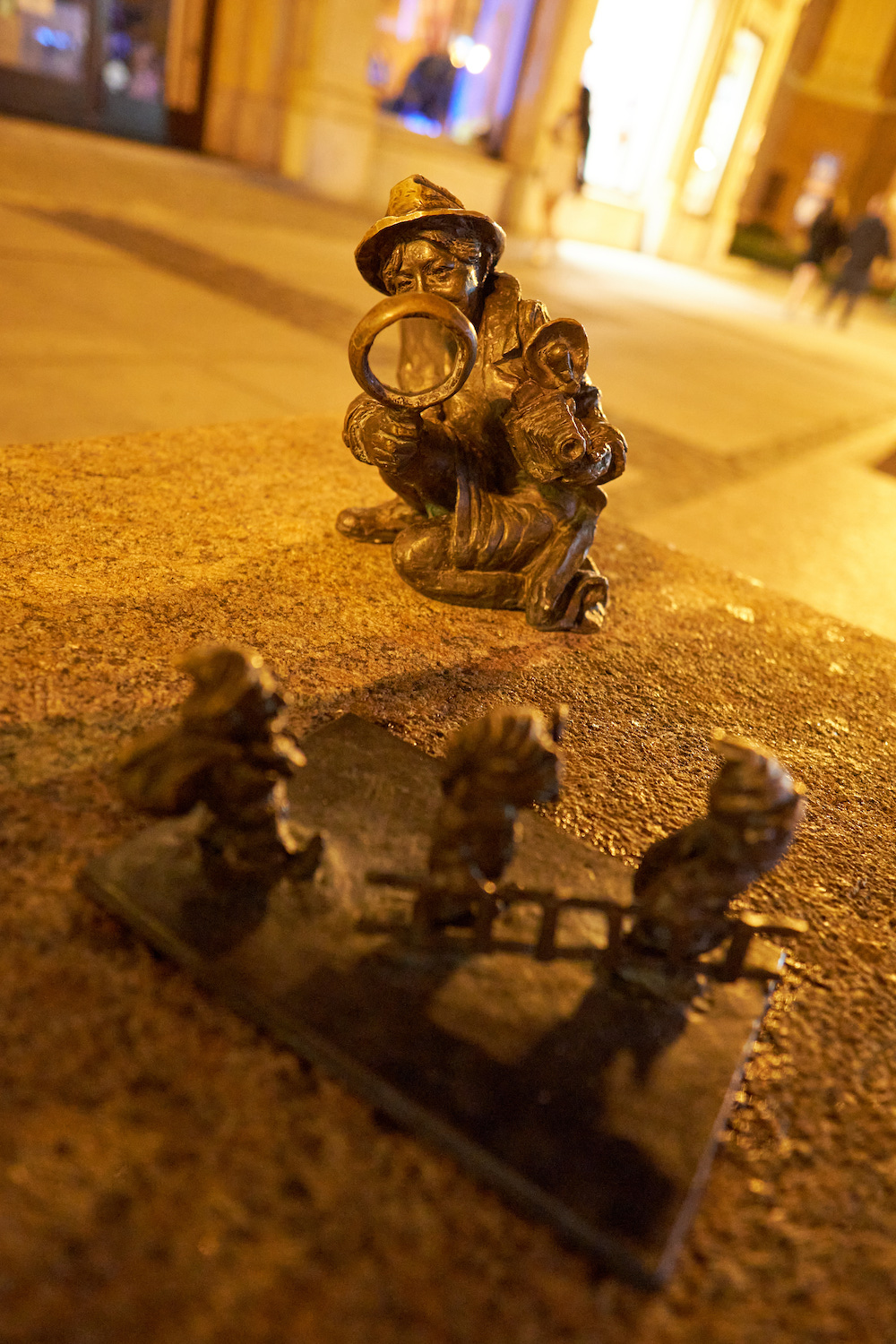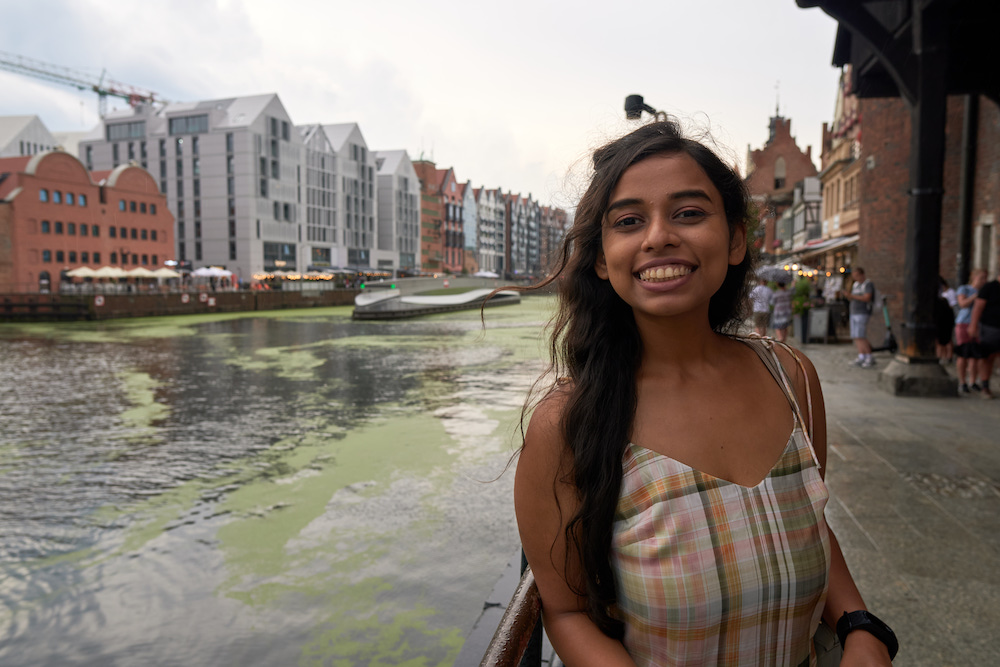Poland 🇵🇱
Written on September 26th, 2022 by Renan Greca
Poland was quite a surprise to be honest; the country is much more organized than I was expecting. We flew into Warsaw and passed through Krakow, Wroclaw, Poznan and Gdansk, before coming back to Warswaw to fly out again.
Warsaw is an interesting place, as it is quite modern outside of the small-ish historical center. The central train station is quite large and is well-placed near the main points of the city. The transportation system in Warsaw in general is quite nice: between busses, trams and metro, it’s quite easy to get where you want to go. It’s also quite cheap and you don’t need to worry about buying a ticket because the busses and trams are all equipped with ticket machines.
The city is also home of some interesting institutions. On one side, there is the The Fryderyk Chopin University of Music and thus a lot of young musicians performing in bars and on the streets. At the same time, there is the Copernicus Science Center. Needless to say, Chopin and Copernicus are extremely important names in the histories of music and science, and it’s nice to see their legacy preserved in this way. Unfortunately, we did not have time to visit them from the inside.
Getting some help from the European healthcare system
Unfortunately, my first few days in Poland were marked by some illness I had contracted when coming from France. I’m not sure if I had food poisoning or some viral infection, but let’s just say my intestines weren’t working as they should. After a day of on and off pain, I decided to go to the hospital to get some help.
Navigating the hospital was challenging — luckily one young receptionist spoke English and was able to guide me in the general direction of the emergency room; it still took me some time to find it but I eventually figured it out. There, the people did not speak English at all, and obviously I wouldn’t be able to speak Polish if my life depended on it. Showing my Italian ID and healthcare cards helped them understand that a fellow EU citizen needed help and, after some paperwork and waiting time, I got to see a doctor who was aided by an English-speaking nurse.

They put me in IV while I waited to see another doctor, who spoke English himself and made things easier. The IV helped, as I was quite dehydrated, but unfortunately I just had to sit in a rather uncomfortable chair for a couple of hours while it was done. The second doctor sent me to do an ultrasound exam to see if there were any anomalies with my guts, and we were relieved to know there wasn’t anything major (he pointed out a potential cist in the pancreas, but that’s a story for another day — and don’t worry, I’m still fine).
Thanks to the deal between European healthcare systems, I didn’t have to pay anything for the visit and only bought the medicine prescribed by the doctor. After the visit I took a long nap and started feeling better thanks to the IV and medicine — and we were off to see the rest of Poland.
Krakow and stories of the 20th century
Krakow is the second largest city in the country and one full of history. We stayed in an AirBnB near the train station which wasn’t particularly comfortable, unfortunately. Those days were extremely hot and the room felt like a sauna, not to mention noisy floorboards and squeaky beds which made it that much harder to sleep.
The city itself is quite enjoyable to walk in, with scenic squares and a beautiful castle. The Krakow region is the birthplace of Pope John Paul II, one of the first non-Italian Popes and one of great importance to Polish immigrant communities worldwide (including in my home of Curitiba). His image is seen throughout the city in statues and photos, and of course we wanted to taste the cake that was apparently his favorite.
Also notable is Schindler’s List Passage, which was misplaced on Google Maps when we went, so it took us some time to find it. It is, as you might expect, the alley where Steven Spielberg shot part of the film Schindler’s List.

The next day took us to one of the most memorable moments of the trip, although unfortunately it’s not for great reasons. History is so much more palpable when you get to be in the place where notable events happened and rarely that is more true than in the Auschwitz concentration camp.
A sidenote. Right as our bus reached the museum parking lot, an insane downpour happened. Debo and I ran to the entrance and, basically as soon as we were sheltered, the rain stopped. Meanwhile, Konst accidentally got onto another bus and ended up being a few minutes late for the tour.
Now spelled Oświęcim in Polish (Auschwitz is the German name), the town itself is inconspicuous at first glance, and even the main museum entrance does not seem particularly noteworthy.
The experience is harrowing. The visit starts in Auschwitz I, which is older and somewhat organized — it was meant as a work camp, although most people did not survive long under those conditions. While at first it seems like a collection of shabby houses, reality kicks in when we reach the “evidence of the crimes” exhibit. There, the museum collects thousands of artifacts, including glasses, toys and prosthetics, that the nazis took from the Jews that arrived. The most powerful of these is the hair that was cut off from the women, used by the nazis to stuff mattresses and things like that. Of course nothing of value is left, as the occupiers took gold and jewels with them when the Soviet army arrived.
The entrance to the museum is technically free (if you book it at the right time), but you can take a guided tour, which is definitely recommended. The tours are available in Polish, German, English, Russian, French, Spanish, Italian and Hebrew, but the schedule varies, so book your tickets in advance and plan accordingly. The tour guides are members of the Polish Jewish community, many of which had ancestors or other family members directly affected by the holocaust.

The second part of the visit is in Auschwitz II, which is a short bus ride away. This place is iconic as the rail tracks lead directly inside the camp, and was built near the end of the war. At that point, the nazis were getting desperate and less confident in their ability to win, which is why Jewish people from all over German-occupied Europe were being sent into Auschwitz as a “final measure”. A large number of people were immediately executed; under the pretenses of a nice shower after a long trip, prisoners would strip and be led straight to the gas chambers. Other prisoners would then collect the bodies and incinerate them.
I won’t go into more detail than that, because frankly just remembering those stories make me a bit sick. As hard as it is, however, I think it’s an important place to visit. It is a symbol of just how bad things can get when humanity is at its worst.
… And the other stuff
Our next stops, Wroclaw and Poznan, are definitely cute towns and have their own charm, but admittedly I am struggling to remember specific things to say about them. What catches the most attention in Wroclaw are the little gnome statues spread throughout the city. They started off as a sign of protest against the Soviet occupation, and reports say there are now over 400 of them!
Wroclaw, actually Wrocław, is not so easy to pronounce. It sounds something like “vrotswav”.

Poznan’s claim to fame (in our eyes, at least…) is that it’s the headquarters of Zabka, a convenience store chain found throughout Poland. Debo in particular loved the widespread presence of the chain, as well as its cute frog-faced mascot, so we were happy to see the main branch (pictured in our previous post). Otherwise, Debo can say more about the things we ate there.
Gdansk is another story, it’s a very unique place in the country. Poland in general is pretty flat and featureless (from what I saw on the train window), so Gdansk’s canals make a notable impact. It reminds me a bit of Amsterdam, although not to the extent that there seems to be more canals than streets.
Aside from a few notable buildings and bridges (especially the rotating bridge), it’s not like there are many particular landmarks you must visit in Gdansk, but the city in general has such a nice vibe and energy and just looks cool to look at in general. If you’re looking for a souvenir, don’t forget to check the amber shops in Mariacka street!

In Krakow, I realized I had lost my Apple Pencil somewhere, possibly in the train coming from Warsaw. I ended up contacting the train company and they did find it in the wagon, but by then I was already moving to Wroclaw. I asked them to send it to Warsaw, as that would be our final destination of the trip, and despite some struggles with communication, I was able to retrieve it from the station’s lost and found! I had never used Google Translate so much before.
Finally, we made our way back to Warsaw and spent another night there as we prepared for the next leg of the trip, which started in Vilnius, Lithuania.